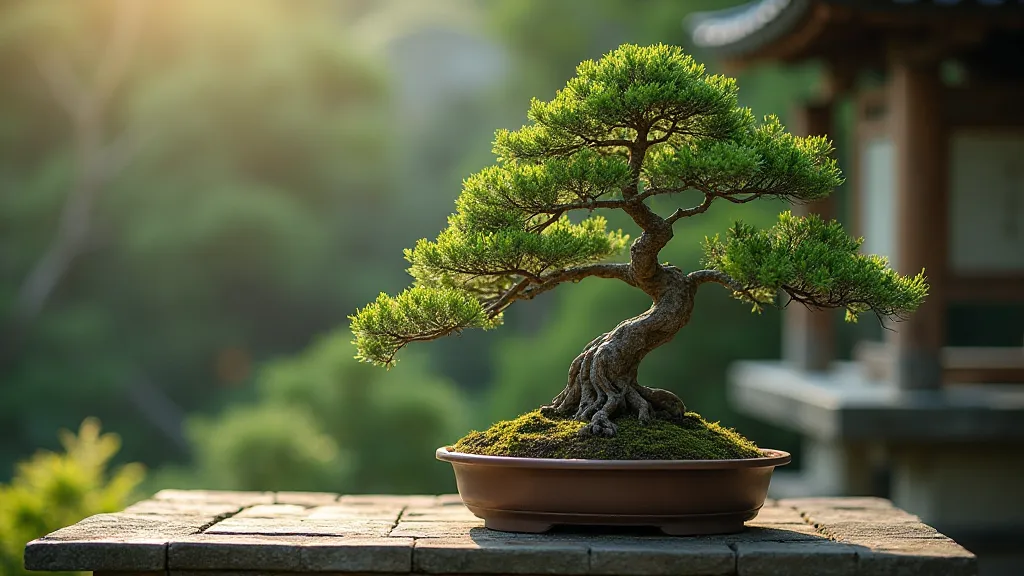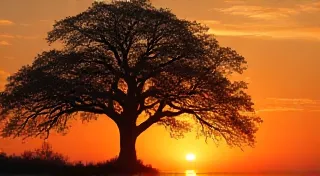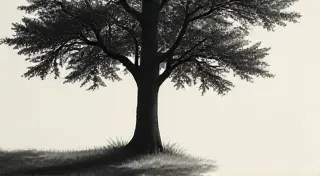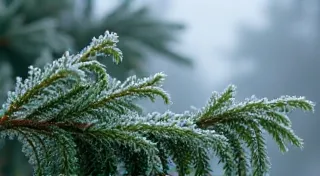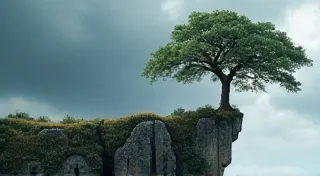The Geometry of Patience: Wiring & Artistic Intent
There’s a particular resonance I find between the meticulous crafting of a juniper bonsai and the restoration of an antique accordion. Both are exercises in patience, in understanding the inherent structure of a material, and in coaxing a silent potential into a compelling, living expression. The accordion, once a vibrant voice in a bustling orchestra, often lies forgotten, its bellows cracked, its keys stubbornly resistant. The juniper, equally, can be resistant, a tangle of growth that demands a quiet hand and a discerning eye.
My grandfather, a renowned accordionist in his youth, instilled in me a reverence for these instruments. He’s gone now, but I still have his Hohner Classique, its worn leather smell a potent reminder of his laughter and the music that once flowed from it. Repairing it isn’t simply about replacing parts; it's about understanding the mindset of the craftsman who assembled it decades ago, feeling the weight of his skill in my own hands. Similarly, wiring a juniper bonsai isn’t about forcing it into submission; it’s a conversation, a gentle persuasion towards a vision of beauty.
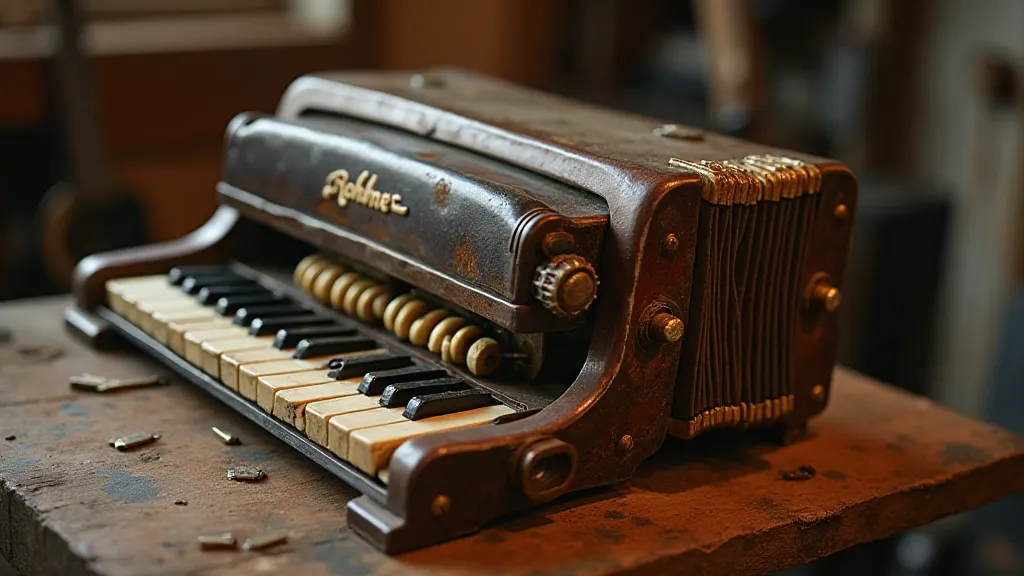
The Dance of Wire and Branch
Juniper bonsai are particularly well-suited to wiring due to their flexible branches and strong wood. Unlike some species, they don't tend to shatter under pressure, allowing for more ambitious shaping possibilities. The goal isn’t merely to bend a branch; it’s to guide its growth, encouraging it to follow a path that contributes to the overall design – a design often inspired by ancient landscapes, windswept trees clinging to cliffsides, or the graceful curve of a cascading waterfall.
Wiring techniques are as varied as the artists who employ them. Straight lacing, for instance, is a foundational technique, ideal for creating gradual curves and subtle angles. Spiral wrapping creates a more dramatic twist, particularly effective for highlighting movement and adding visual interest. When choosing wire size, consider the branch's thickness and your desired degree of control. Too thin, and the wire will simply slip; too thick, and you risk damaging the branch. My grandfather used to say, “Listen to the wood, feel its resistance. It will tell you what it needs.” That principle applies equally to both instruments and trees.
The wire itself becomes an extension of your hand, a conduit for your artistic intent. Don't rush the process. Carefully position the wire, ensuring it’s secured firmly without constricting the branch’s natural growth. Observe how the branch responds as you gently apply pressure. It's a meditative practice, demanding focus and a deep connection to the material.
Beyond the Technique: Telling a Story
Think of your juniper bonsai as a silent narrative. Each curve, each bend, contributes to the unfolding story. A windswept juniper might tell a tale of resilience in the face of adversity, its branches contorted by relentless winds, yet stubbornly holding their ground. A cascading juniper might evoke the image of a waterfall, its graceful descent a testament to the power and beauty of nature. The wiring isn't just about shaping the branches; it's about channeling emotion, conveying a feeling, telling a story.
This connection to narrative is what resonates with me deeply. It's the same feeling I get when I meticulously clean and repair my grandfather's accordion, bringing its silent voice back to life. It’s not just about fixing a broken instrument; it's about honoring the legacy of the musician who once played it, the countless melodies it has witnessed. Similarly, with a juniper bonsai, you’re not just shaping a tree; you're creating a living sculpture, a testament to the enduring power of nature and the artistry of human intervention.
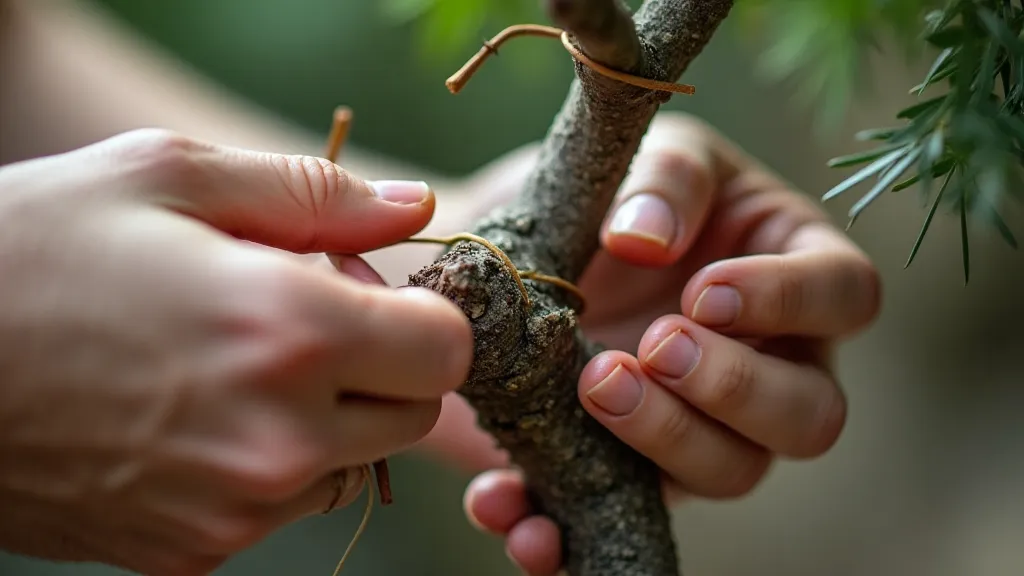
Common Challenges and Subtle Insights
There are, of course, challenges. Over-tightening the wire can restrict growth and even damage the branch. Failing to monitor the tree’s response can lead to unnecessary stress. It's crucial to regularly inspect the wiring, loosening it as the branch begins to set in its new position. The removal of the wire is as important as the application – a gentle, deliberate action, ensuring no marks or scars remain.
And like antique accordions, juniper bonsai benefit from a deep understanding of their underlying construction. Knowing the different juniper varieties – the robustness of a ‘Procumbens Nana’, the elegance of a ‘Sargentii’ – informs your wiring decisions. Understanding the tree’s growth patterns allows you to anticipate its response to your interventions. Just as a restoration specialist must understand the original design of an accordion, a bonsai artist must understand the natural tendencies of the juniper.
Long-Term Vision and the Passage of Time
Wiring a juniper bonsai is not a one-time event; it's an ongoing process. The tree will continue to grow, its branches will shift and change. Regular adjustments and refinements will be necessary to maintain the desired shape. This reflects the nature of time itself – a relentless force that shapes and transforms everything in its path. The accordion, weathered and worn, carries the echoes of countless performances. The juniper bonsai, wired and sculpted, embodies the enduring beauty of nature.
The true reward of this practice lies not just in the final form but in the journey itself – the quiet contemplation, the mindful attention, the deep connection to the living material. It’s a lesson in patience, in perseverance, in the enduring power of art. It is, in its own way, a form of musical expression, a silent symphony played out in the language of branches and wire. And as I remember my grandfather’s laughter and the melodies of his accordion, I am reminded that the geometry of patience is the key to unlocking the true beauty of both.
